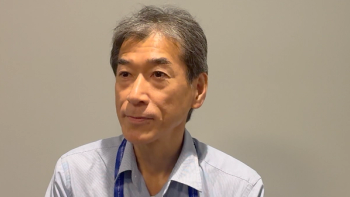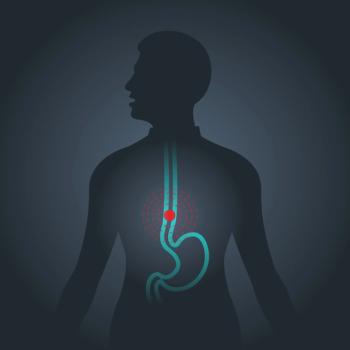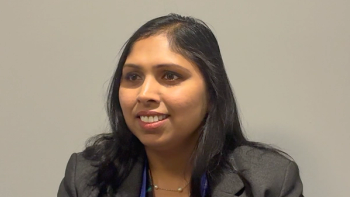
Optimizing Neurosurgical Resection in Newly Diagnosed High-Grade Gliomas
Jennifer Moliterno, MD, FAANS, discusses current neurosurgical strategies for maximizing safe resection in newly diagnosed high-grade gliomas.
The diagnosis of a high-grade glioma presents a significant challenge in neuro-oncology. For oncology clinicians, understanding the nuances of surgical intervention is crucial, as the extent of resection is a well-established prognostic factor.
Jennifer Moliterno, MD, FAANS, chief of neurosurgical oncology, clinical director of the Chênevert Family Brain Tumor Center; director of the Susan Beris, MD Neurosurgical Oncology Program; surgical director of the Facial Pain and Spasm Program; and director of the Neurosurgical Oncology Fellowship, Neurosurgical Oncology at Yale School of Medicine, spoke with CancerNetwork® about contemporary neurosurgical strategies employed in the management of newly diagnosed high-grade gliomas.
She highlighted the critical balance between maximizing tumor removal and preserving essential neurological function. A central focus of Moliterno’s discussion was the integration of intraoperative imaging and mapping techniques. Furthermore, she explored the application of cortical and subcortical mapping, crucial for identifying and preserving eloquent brain regions during resection.
Transcript:
With high-grade gliomas, it is our goal to resect as much of the tumor as safely as possible. It has shown a survival benefit. In addition to that, we can also improve neurological function with surgery; that can be another goal as well. Some of the ways that we do that depend on the location of the tumor. For instance, if the tumor is in an eloquent location of the brain, such as one that involves language or motor [skills], we might keep the patient awake during surgery. We’ll start out with the patient asleep and make sure they’re comfortable, wake them up, keep them comfortable, and have them talk to us. There is sophisticated testing by neurophysiologists, or if it’s for motor [skills], we’ll have them move whatever extremity is appropriate for what we’re testing. Then we can stimulate and map the brain to see where the function is relative to the tumor. There’s nothing better than having the patient awake, in the sense that we get real-time feedback if we expect there to be any issue or any problem. Not every person needs to be kept awake, and there can be some barriers for patients. Certain patients can have more anxiety than others, understandably. We can also do sleep mapping when we need to, and that, again, is more commonly used in tumors that are in, near, and around what we call the eloquent brain [location], which has significant function. When patients are asleep, we can do some more sophisticated [procedures], what we call subcortical mapping or stimulation, where as we get deeper down into the brain and we are cognizant and aware of some of the motor fibers, for instance—not the motor cortex, but the fibers—we can stimulate those as well.
Newsletter
Stay up to date on recent advances in the multidisciplinary approach to cancer.



















































































